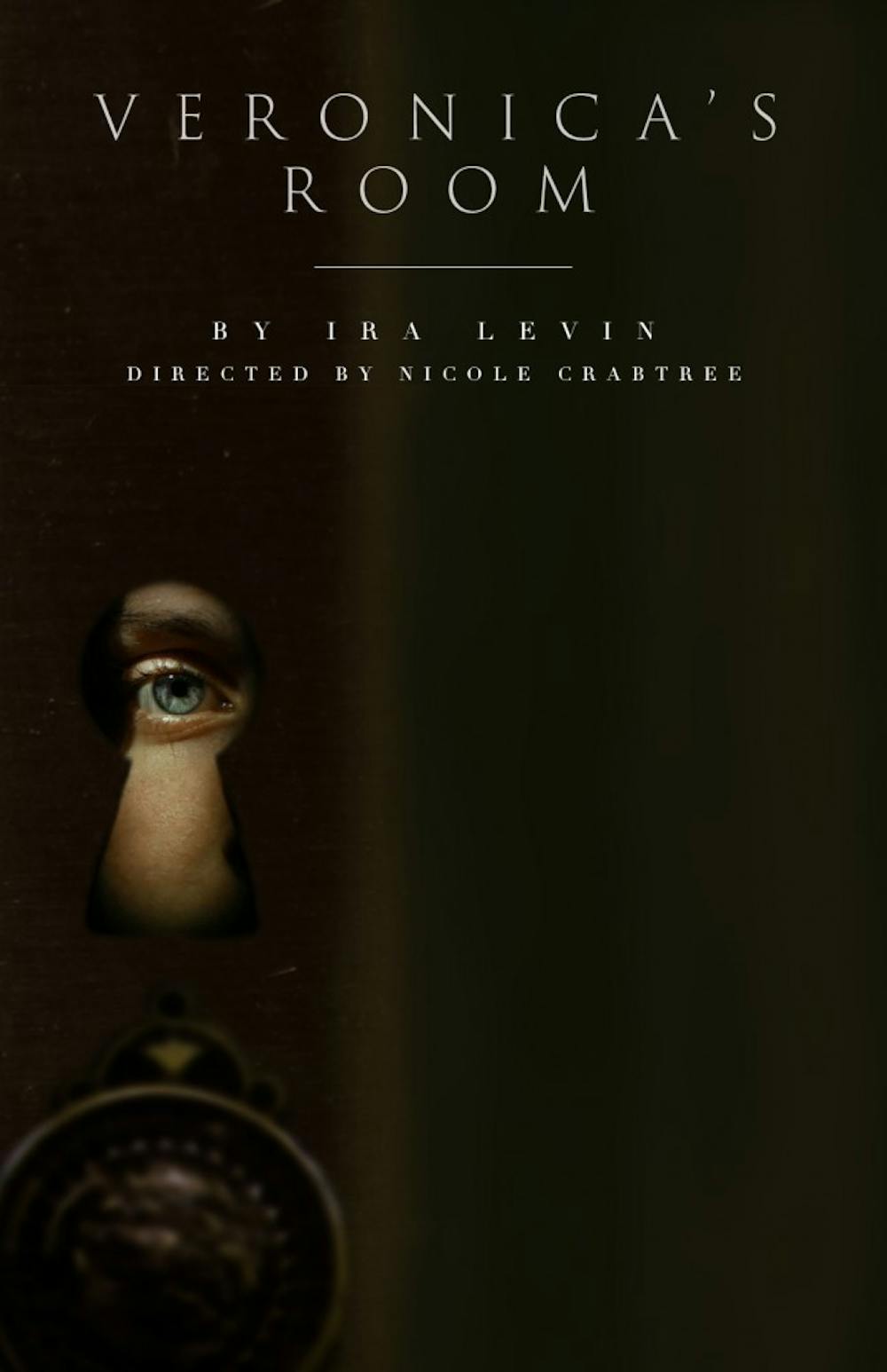When: October 16, 19, 21, 23, 25, 27 at 7:30 p.m.
October 20 at 2:30 p.m.
Where: Cave Studio Theatre
Tickets are $6
Editor's note: A previous version of this story stated the director reached out to students outside of the Theatre and Dance Department. It has since been changed to say she reached out to members within other programs within the department.
From the mind behind “Rosemary’s baby,” “Veronica’s Room,” a play that begins in a room full of stored away furniture in the 1970s and transitions into an entirely different world, is coming to Ball State’s Cave Studio Theatre.
“I don’t want to give anything away [because] a thriller in general will set up the world and have a big twist,” director Nicole Crabtree said. “‘Veronica’s Room’ is … about realities and [explores] what is reality, what is real, what is truth and how that changes based on how you see the world.”
Performances in the Cave Studio Theatre tend to be minimalist in design and smaller in cast, but while this production includes a small cast, set-wise, it was a “big project.”
Like other students directing in the Cave Theatre, Crabtree was not given a budget to work with. Instead, she looked for people in other programs to help with the creation of the show.
“There’s normally not a lot of communication that happens with any show you’d be doing, but most of the time the people that you need are already there,” said Laura Pierson, the stage manager. “So the director was the one that needed to reach out and bring them all in.”
One member Crabtree pulled in was set designer Gaige Robinson.
Through color tone changes and light shifts, Robison creates the transition from the original world in the play to the other. Robinson said he begins the show with warm tones and transitions to cool blues and grays to leave the “audience to feel as uncomfortable” as the protagonist of the play does.
The lighting of the play is only one aspect that characterizes it as a psychological thriller. Crabtree said the genre also deals with “heavy” topics that made the rehearsal process slower.
To help her actors shed their roles after an intense rehearsal, Crabtree said she implemented the exercise of deroling, which is used in drama therapy.
“I’ve implemented a door to help with that drama therapy exercise,” Crabtree said. “We use the door and sometimes if it’s been an intense rehearsal, I’ll have them leave one at a time that way they can individually open the door, walk out of the door, close the door, and feel like they’re physically, mentally, and emotionally leaving their character behind.”
In order to properly portray the characters they have, actors had to research the time period and the issues their characters underwent.
“One major thing I did to prepare for this role was buy a journal that fit the time period and a fountain pen to go with it,” said Wilhelmena Jean Dreyer, an actress in the play. “I would write entries as the character in cursive and entries as myself in pen.”
Because the actors took the time to fully immerse themselves into their characters, Crabtree said she hopes it allows the audience members to also explore the characters.
“We have the opportunity to dive into the psyche of somebody and understand the things they do based on what’s happened to them,” Crabtree said. “I’d love for [the audience] to walk away thinking about that.”
Contact Ayah Eid with comments at azeid@bsu.edu.





